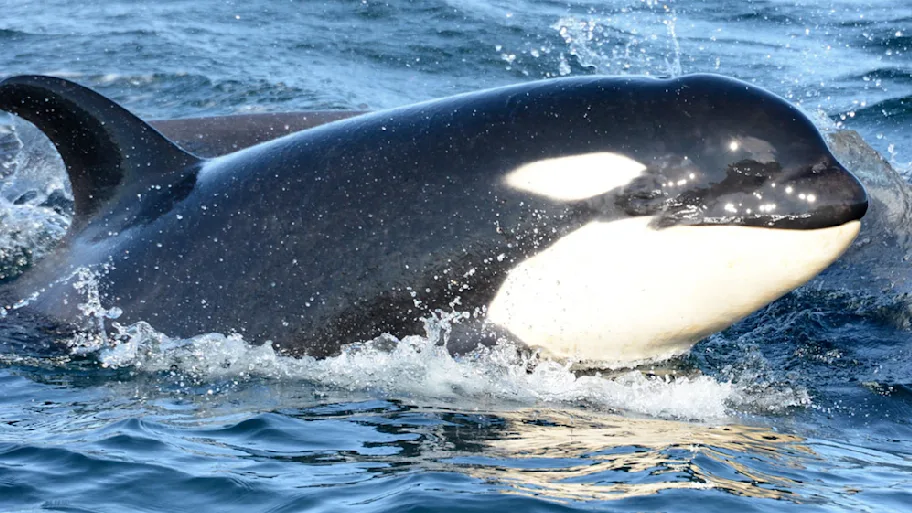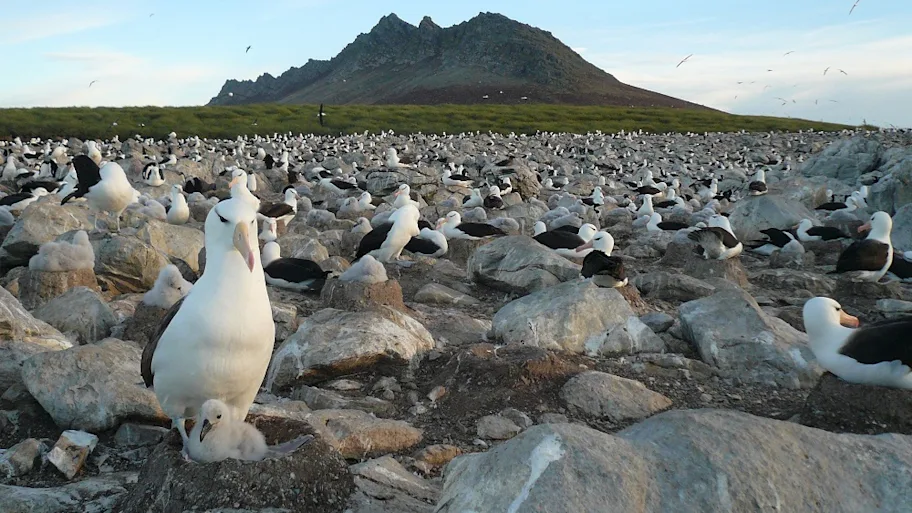
- Science news
- Featured news
- DNA barcoding identifies endangered shark species secretly added to pet food
DNA barcoding identifies endangered shark species secretly added to pet food
By Suzanna Burgelman, Frontiers science writer

Image: Dmytro Zinkevych/Shutterstock
Pet owners may unknowingly be feeding their pets with meat from endangered shark species, shows a new study published in Frontiers in Marine Science. The researchers used DNA barcoding to investigate the occurrence of shark in different pet food products purchased in Singapore, which revealed a considerable prevalence of ingredient mislabeling. They suggested implementing global standards for pet food labels to avoid overexploitation of endangered sharks.
If you ever read the ingredient list on your pet’s favorite food, you may come across ambiguous terms such as ‘fish’, ‘ocean fish’, or ‘white bait’. Have you ever wondered what exactly these ingredients are? A team of researchers at Yale-NUS College in Singapore analyzed pet food products purchased within Singapore and discovered that these terms may refer to endangered shark meat.
Shark population declines
Sharks are crucial for the functioning of healthy marine ecosystems. As apex predators, they are at the top of the oceanic food chain. Shifting their prey's distribution, which changes the feeding strategy of other species, they maintain a balance of the food chain. The loss of sharks has led to the decline in seagrass beds and coral reefs.
The growing shark fin and meat trade is putting shark populations at risk. Research suggests that around 100m sharks may be killed annually. Overfishing is the biggest threat to sharks worldwide, and a lack of effective monitoring and management of fishing practices adds burden to vulnerable shark species.
“Shark populations are overfished throughout the world, with declines of more than 70% in the last 50 years documented. This is indicative of the current lack of regard in which we hold our oceans,” said authors Dr Ben Wainwright and Ian French, of Yale-NUS College.
► Read original article► Download original article (pdf)
Shark meat in everyday products
A silent contributor to the decline in shark populations is the use of shark products in everyday products such as pet food and cosmetics. For example, many people may not know that certain body care and beauty products may use shark-derived squalene (as opposed to plant-derived squalane).
Research has also discovered shark meat in pet food products. A previous 2019 study found the occurrence of shark in 78 pet food samples collected within the US.
“Given the results of a previous study performed in the US, we wanted to see if endangered sharks are also sold in Asian pet food,” explained the authors.
The researchers used DNA barcoding to investigate whether there was shark DNA in 45 different pet food products from 16 different brands on sale in Singapore.
“None of the products purchased listed shark as an ingredient, using only generic catch-all terms such as ‘fish’, ‘ocean fish’, ‘white bait’ or ‘white fish’ to describe their contents,” said Wainwright and French.
Of the 144 samples taken, 31% contained shark DNA. The most identified sharks were the blue shark (Prionace glauca), followed by the silky shark (Carcharhinus falciformis), and the whitetip reef shark (Triaenodon obesus).
The silky shark and the whitetip reef shark are listed as ‘vulnerable’ in the International Union for Conservation of Nature (IUCN) Red List. The silky shark is also listed in the Convention on International Trade in Endangered Species of Wild Fauna and Flora (CITES) Appendix II, which means that its trade must be controlled to avoid overconsumption that would threaten survival of the species.
Transparent labels
The results demonstrate the high overfishing pressure to which sharks are increasingly subjected.
“The majority of pet owners are likely lovers of nature, and we think most would be alarmed to discover that they could be unknowingly contributing to the overfishing of shark populations,” commented the authors.
The authors urge for more transparency in the ingredient labels of pet food products. Avoiding vague catch-all terms in ingredient lists to allow consumers to make informed purchasing choices and implementing global standards for pet food labels are two steps to avoid shark overfishing.
A higher accountability throughout human and pet food seafood supply chains is needed, which would mitigate unsustainable fishing and resource use incompatible with shark populations survival.






